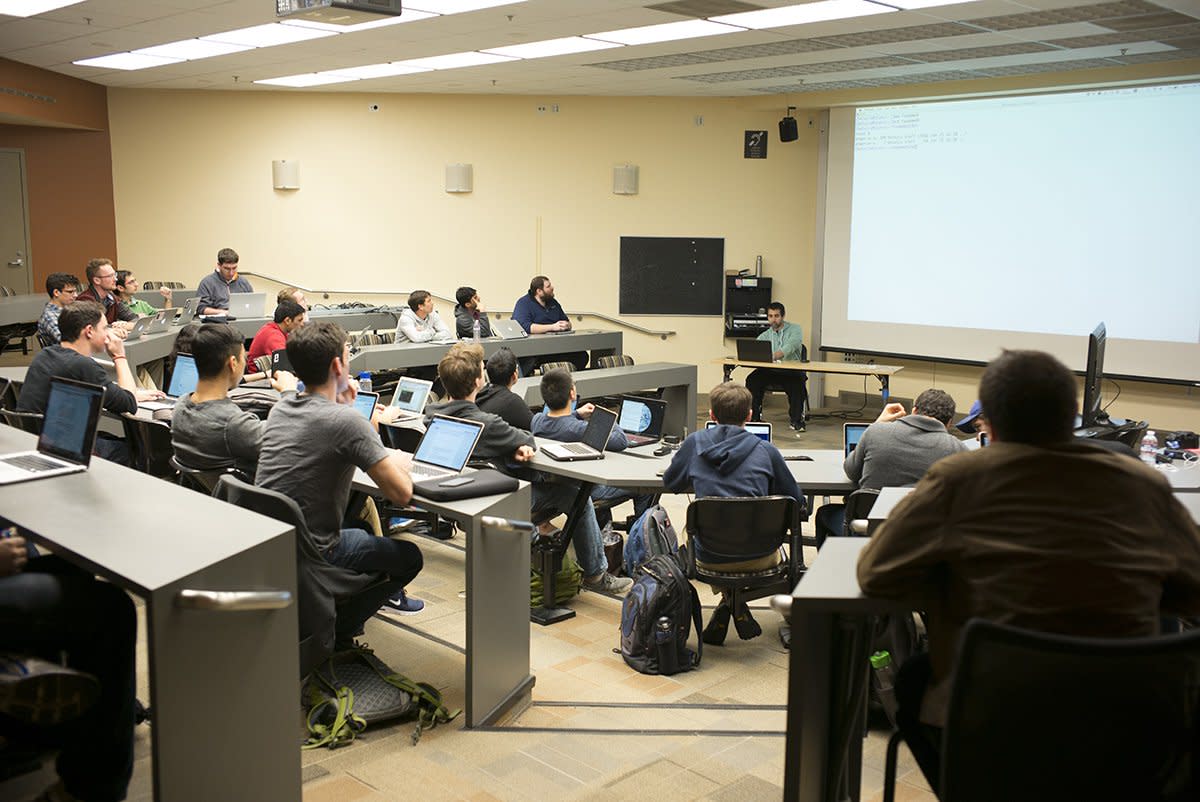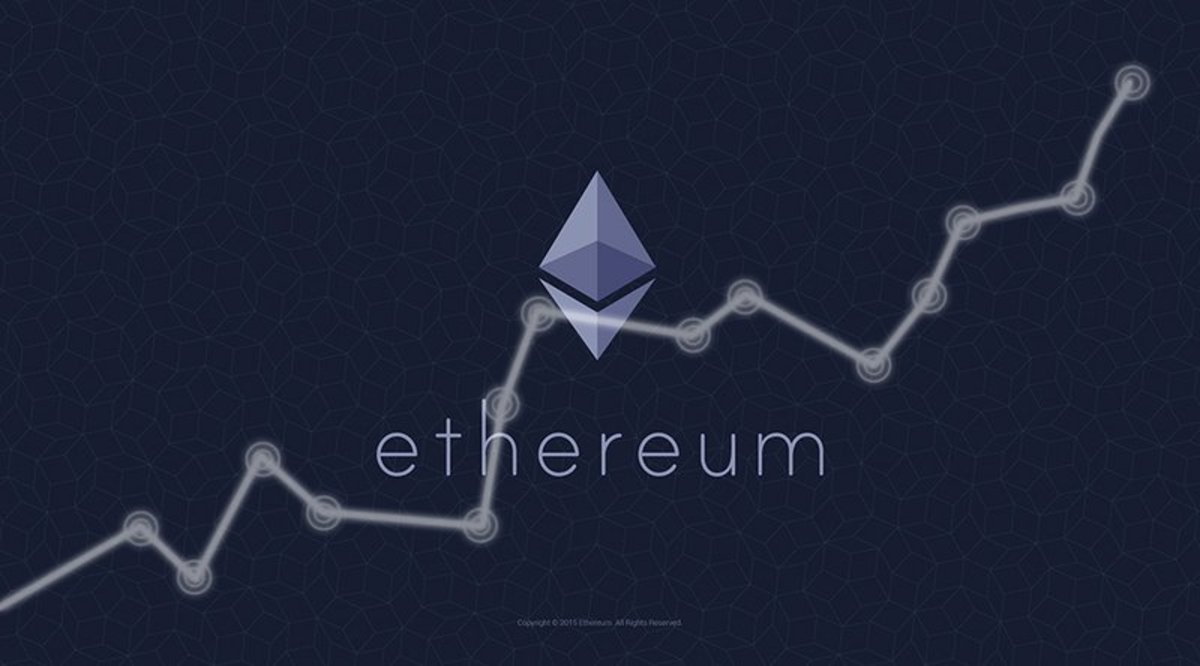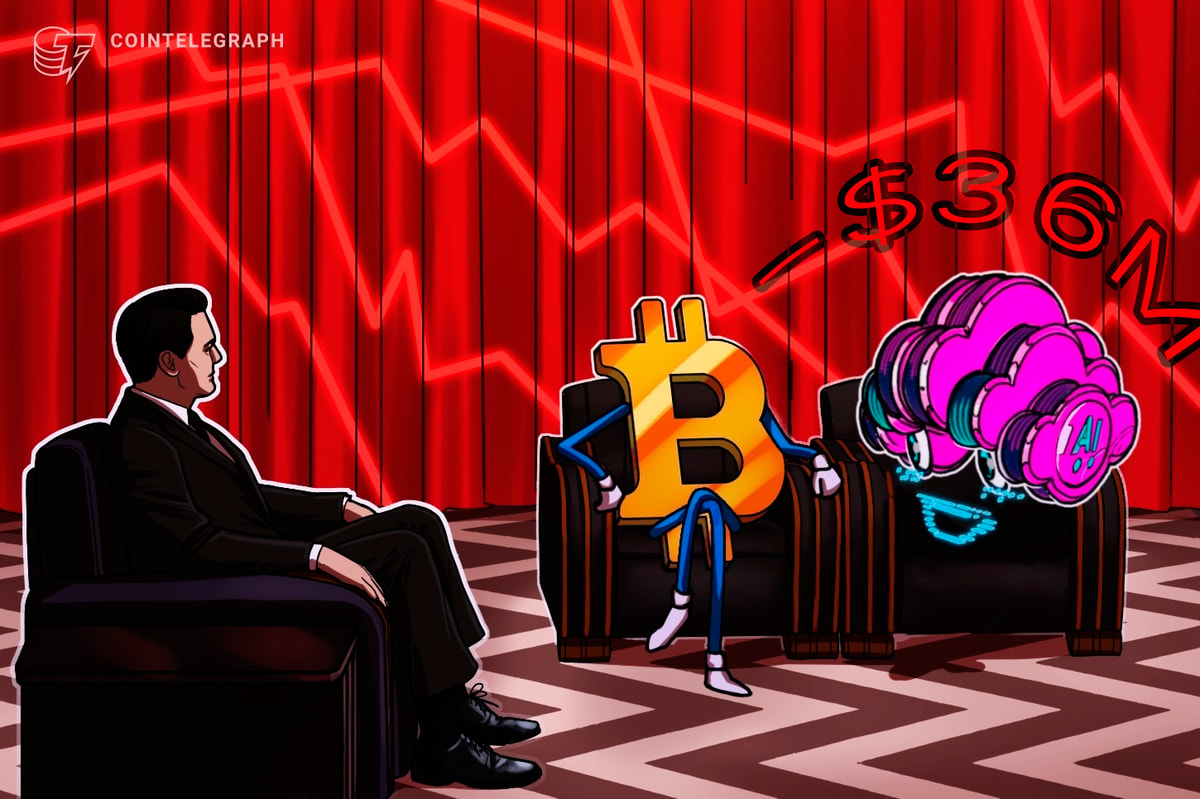
Imagine a world where personal data isn’t just something that consumers give away – a world where terms of service agreements read more like shareholder agreements or term sheets, a world where your data makes you money.
Earlier this week during a lecture on Bitcoin Engineering at Stanford University, 21.co CEO, Balaji S. Srinivasan, presented this exact world, one in which data is owned and monetized by the individual. He laid out an in-depth use case whereby Instagram could become the world’s largest stock photography site – with each user making money.

Personal Data as an Asset Class
In 2011, the World Economic Forum, in collaboration with management consulting firm Bain & Company, published a report targeted at executives in the telecommunications industry titled, “Personal Data: The Emergence of a New Asset Class.” In the report, they described “personal data as the new oil of the Internet and the new currency of the digital world.”
To substantiate their claim the authors present an estimate which states, “by 2020 the global volume of digital data will increase more than 40-fold.” They go on to say that, “beyond the sheer volume, data is becoming a new type of raw material that’s on par with capital and labour.”
The implications of data as an asset are profound. When data is currency, cash is expendable. Success is measured by growth, not profits:
- “Twitter Finally Turns a Profit, but User Base Growth Is Slowing”
- “Facebook Turns a Profit, Users Hit 300 Million”
- “Amazon Never Makes Money but No One Cares”
- “YouTube: 1 Billion Viewers, No Profit”
If data is the new currency, it leads one to conclude that the companies who store our personal data are themselves actually banks.
Breaking the Bank
Web searches, page visits, online purchases, tweets, SMS messages, emails, phone calls, photos, videos, GPS coordinates – this is the data that makes up our digital lives.
For the past decade, consumers have sacrificed their privacy, building giant banks of data for companies without any upside exposure to the value that they have created. Thanks to the Bitcoin Protocol and the 21 Bitcoin Computer this no longer has to be the case.
Billions of photos are shared every day by hundreds of millions of people using smartphones. Between the rapid development of high-quality camera phones and the decreased cost for cloud storage, sharing photos from all around the world has become effectively free. Building a library of stock photos once required an army of photographers working around the globe; now this naturally occurs over social networks such as Instagram.
In 2012, Instagram came to the above realization and updated their terms of service:
You agree that a business may pay Instagram to display your photos in connection with paid or sponsored content or promotions without any compensation to you.—2012 Instagram Terms of Service change
(since reverted)
The idea of selling users photos without their consent and without compensation wasn’t very popular and the company quickly reversed their decision.
“What Bitcoin brings to the table is a programmatic way of doing small, fast, international payouts to anyone on the Internet. If you can take a photo on Instagram, you can get paid for it in bitcoin. You can take your own data and turn it into your own money.” Dr. Srinivasan told the class.
Bidirectional Payments
In addition to allowing consumers to monetize the data they produce, Bitcoin has created a world where the consumer doesn’t have to trade personal data for content. Consumers can instead pay for content upfront in small amounts of money known as micropayments. This has previously not been viable because credit cards are not capable of handling such tiny transactions.
Even if these companies wanted to pay for personal data, the international banking system doesn’t have the infrastructure in place to process small transactions. This is why so many companies, such as Google with its AdSense program, put revenue thresholds that must be reached before a payout.
With Bitcoin, highly granular transactions can be executed with ease. Further, every piece of content on a web page can be charged a different amount. Using this article as an example: When someone views the article, payments could be sent directly to the photographer, the author and the publisher, who are likely three separate entities.
Still, with bitcoin alone, having to manually pay three parties each time you view a Web page is a burden and isn’t likely to be adopted. That’s where 21.co comes in. Their device maintains a continuous supply of bitcoin, allowing users to automatically make micropayments on the Web.
The Bigger Picture
Monetizable data is not just images, articles, reports and videos.
Take your genome, arguably the most valuable and personal data a person has. In the future, it is likely that every person will have a complete copy of their genome. That is data that could be useful to pharmaceutical companies looking to create new, revolutionary lifesaving drugs.
Utilizing the 21 Bitcoin Computer, Joe Pickrell created a gateway for genomic data. In exchange for payment, a researcher could rent one’s genomic data.
One-time payments are not sufficient when it comes to genomic data. If a company is able to find a cure for cancer, based on the genome of an individual, that individual should be able to generate dividends off that success.
Final Thoughts
Fundamentally, these ideas are not new. In his 1980 work “Literary Machines,” Ted Nelson (he coined the words “hypertext” and “hypermedia”) introduced the concept of transclusion, a technique computer scientists use to create a large document from snippets of other documents. Nelson originally intended for transclusion to act as a mechanism by which users would make micro-payments to the individual content creators of a document.
Unfortunately, Nelson was 30 years early. Nelson’s original vision for transclusion, similar to the HTTP “402 Payment Required” status code, was not technically possible until the creation of the Bitcoin Protocol by Satoshi Nakamoto in 2008. Further, it was not truly viable in a production setting until the introduction of the 21 Bitcoin Computer late last year.









